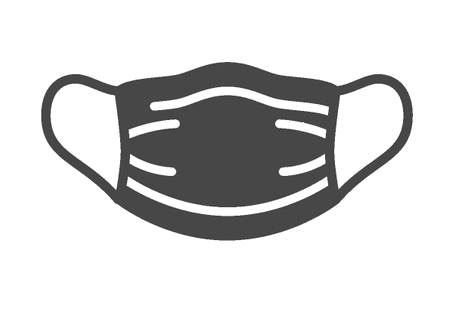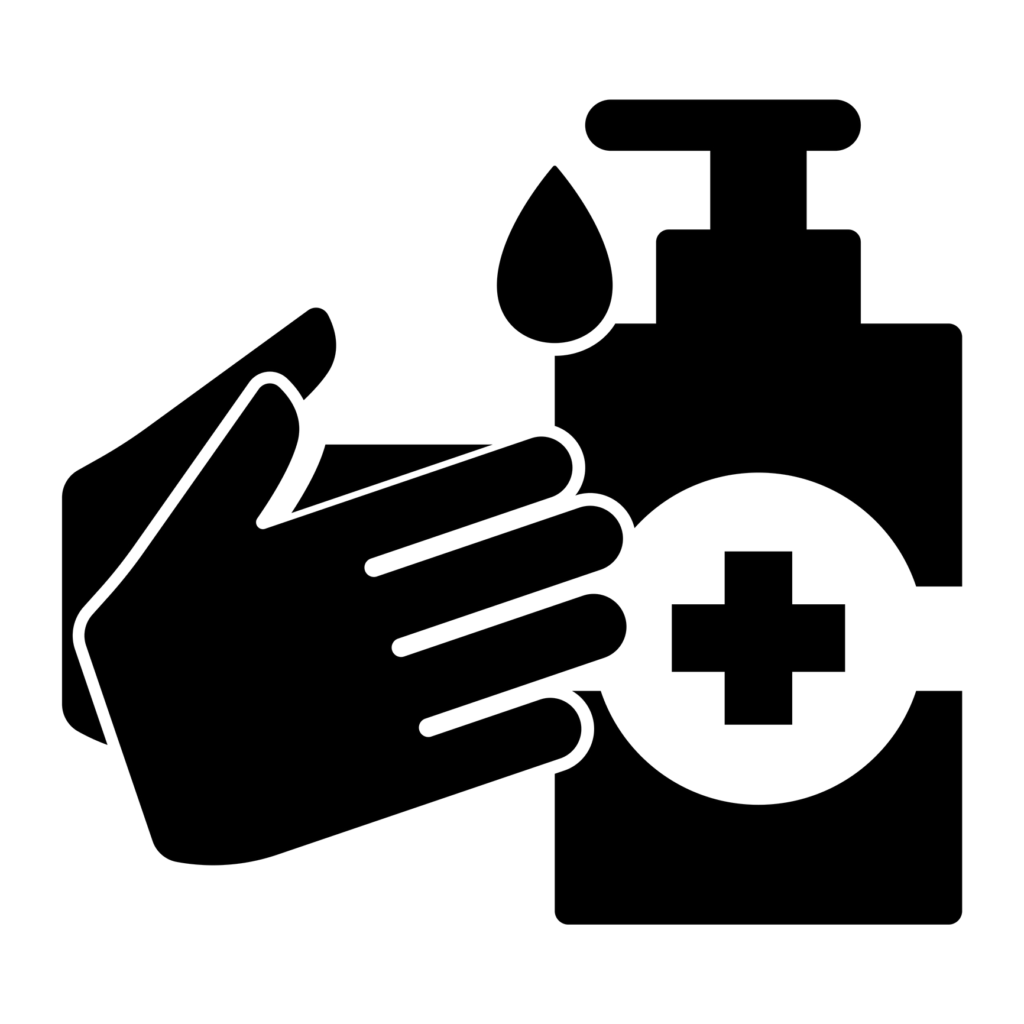There are many precautions all Canadians are taking to reduce the spread of the COVID-19 virus. Some of those precautions may impact those with food allergy – take a look below for some helpful tips on how to manage food allergy while also adhering to the required safety precautions in place to limit spread of the virus.
Wearing masks

Wearing masks is required when entering many facilities across the country. Masks are taken off when eating and skin is visible during this time, however, an allergic reaction can happen after the mask is put back on following a meal or snack.
Masks may cover up skin symptoms on the face during an anaphylactic reaction. Since symptoms may not be noticeable due to the mask, it’s important to tell someone right away if you start to feel unwell and to use your epinephrine auto-injector. This is particularly important for children with food allergy to understand, be sure to talk to your child about the signs and symptoms in an age appropriate way. They should know to tell an adult if they begin to feel unwell at school or other public places.
Note, anaphylaxis generally includes two or more body systems, which means that your child most likely will have other symptoms beyond the skin covered by the mask, such as hives or itching on other parts of the body, or symptoms related to breathing, the stomach or heart.
Hand sanitizers/cleaning products

It’s important to read labels of all food and non-food products you are purchasing, or using in public places. Food allergens may be present in products you don’t normally expect, like hand sanitizers and other cleaning products. When using a hand sanitizer or other cleaning product, be sure to read the label for any allergens you need to avoid.
Reading labels can take extra time, but it’s an important part of managing your allergies day-to-day. Remember to do the “triple check” for products you purchase in-store and online. Companies may change the ingredients of their products/food without telling consumers and ingredient labels may vary from what is listed on the product vs. what is listed on the product page on the company’s website.
